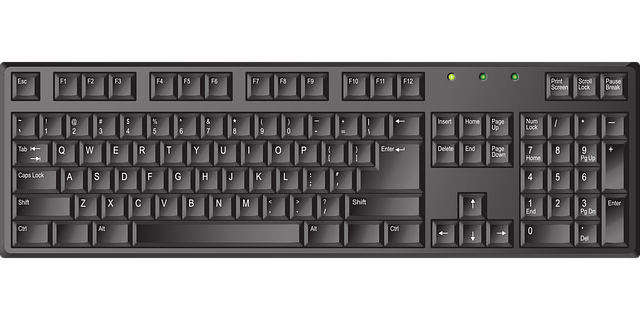By learning and using these shortcuts, you can save time and be more productive in working on Windows Operating Systems
Here are 20 useful shortcut keys to work on a Windows operating system. These shortcut keys can help you navigate and perform various tasks more efficiently on a Windows operating system.
- Win + D: Show or hide the desktop.
- Win + E: Open Windows Explorer (File Explorer).
- Win + L: Lock the computer.
- Win + R: Open the Run dialog box.
- Alt + Tab: Switch between open applications.
- Ctrl + Shift + Esc: Open Task Manager directly.
- Win + X: Open the power user menu.
- Ctrl + C: Copy the selected item(s) to the clipboard.
- Ctrl + X: Cut the selected item(s).
- Ctrl + V: Paste the contents of the clipboard.
- Ctrl + Z: Undo the last action.
- Ctrl + Y: Redo the last action.
- Ctrl + A: Select all items in a document or window.
- Ctrl + F: Open the Find dialog box.
- Ctrl + S: Save the current document or file.
- Ctrl + P: Print the current document or file.
- Ctrl + Shift + N: Create a new folder.
- Ctrl + Shift + T: Reopen the last closed tab in a web browser.
- Alt + F4: Close the active window or application.
- F5: Refresh the active window or reload a web page.
- Copy: Ctrl + C
- Cut: Ctrl + X
- Paste: Ctrl + V
- Undo: Ctrl + Z
- Redo: Ctrl + Y
- Select all: Ctrl + A
- Close: Alt + F4
- Minimize: Alt + ↓
- Maximize: Alt + ↑
- Restore: Alt + ←
- Switch between open apps: Alt + Tab
- Open Task View: Windows logo key + Tab
- Display and hide the desktop: Windows logo key + D
- Open Start: Windows logo key
- Search for a file or folder: Windows logo key + S
- Open File Explorer: Windows logo key + E
- Open Command Prompt: Windows logo key + R, type “cmd” and press Enter
- Open Run: Windows logo key + R
- Lock your PC: Windows logo key + L
- Log off: Alt + F4, click “Log off”
- Restart: Alt + F4, click “Restart”
- Shut down: Alt + F4, click “Shut down”
- Open the Quick Link menu: Windows logo key + X
- Open the Control Panel: Windows logo key + R, type “control” and press Enter
- Open Device Manager: Windows logo key + R, type “devmgmt.msc” and press Enter
- Open Windows Update: Windows logo key + I, click “Windows Update”
- Open Network & Internet settings: Windows logo key + I, click “Network & Internet”
- Open Power Options: Windows logo key + I, click “System”, then click “Power & sleep”
- Open Task Manager: Ctrl + Shift + Esc
- Open the Snipping Tool: Windows logo key + Shift + S
- Take a screenshot of the entire screen: Windows logo key + Print Screen
- Take a screenshot of the active window: Alt + Print Screen
- Open Magnifier: Windows logo key + ↑, then click “Magnifier”
- Open Narrator: Windows logo key + ↑, then click “Narrator”
- Open On-Screen Keyboard: Windows logo key + ↑, then click “On-Screen Keyboard”
- Cycle through screen elements in a window or on the desktop: Tab
- Activate the Menu bar in the active app: Alt
- Show your password on the sign-in screen: Ctrl + Alt + ↑
- Cycle through items in the order in which they were opened: Windows logo key + Tab
- Open the charms menu: Windows logo key + C
- Turn on color filters: Windows logo key + Ctrl + C
- Open File Explorer: Windows logo key + E
- Open Feedback Hub and take a screenshot: Windows logo key + Shift + F
- Open Xbox Game Bar when a game is open: Windows logo key + G
- Turn HDR on or off: Windows logo key + Alt + B
- Launch voice typing: Windows logo key + Ctrl + S
Read the Next Post:


